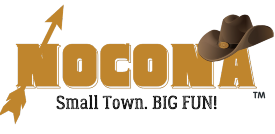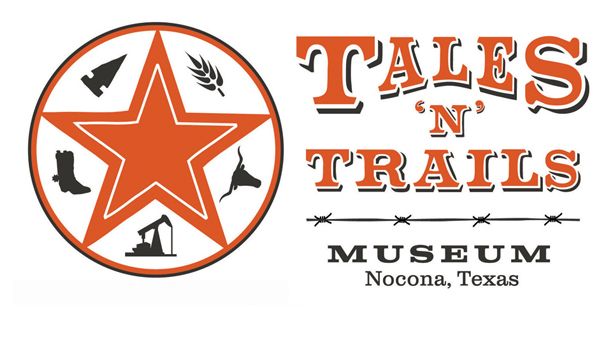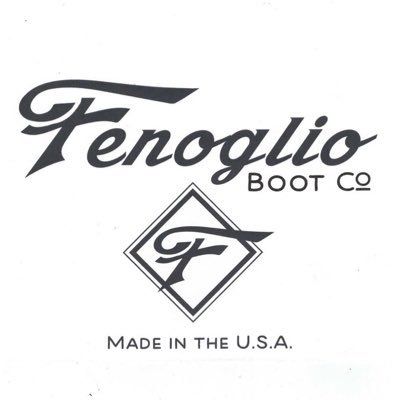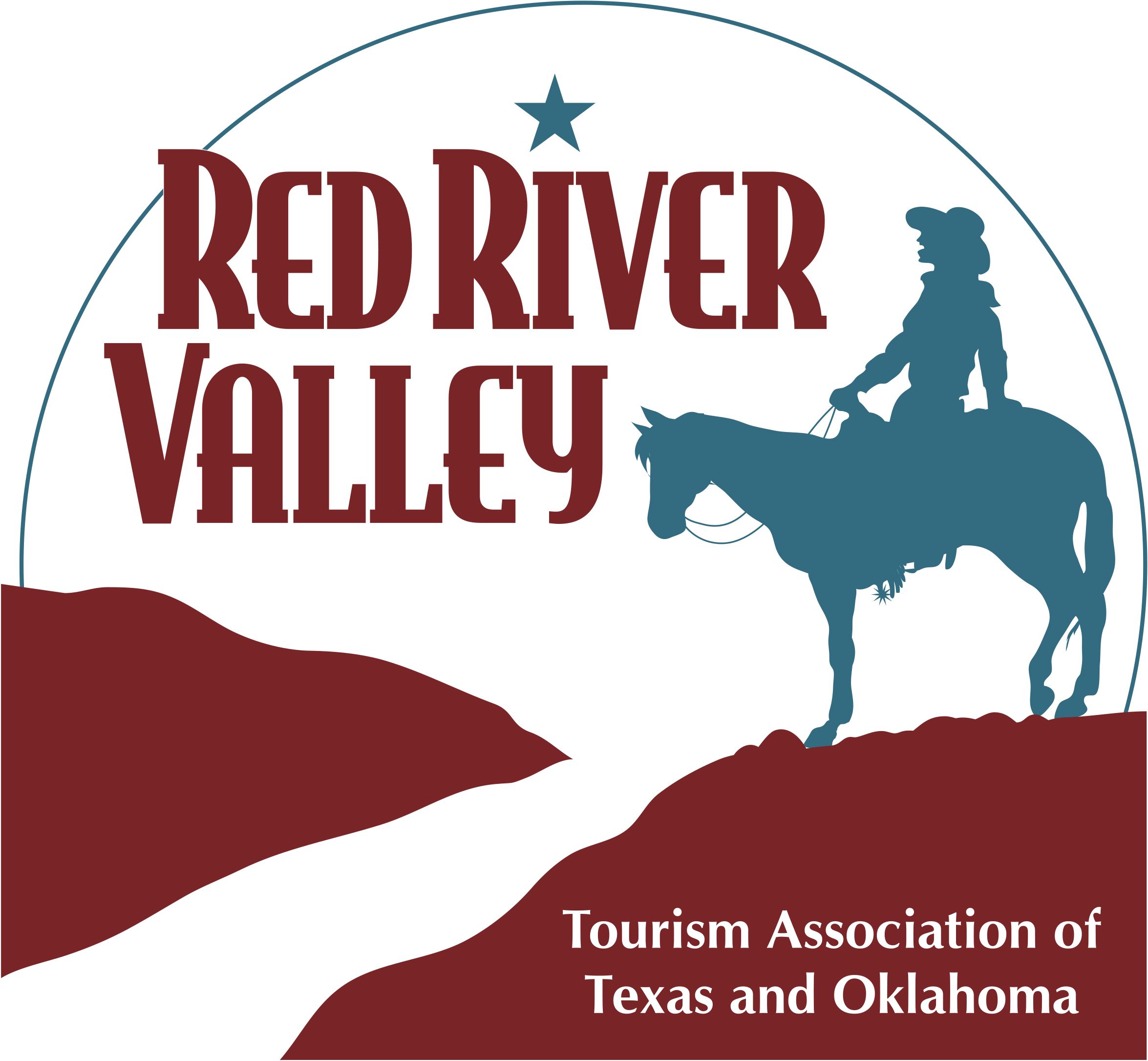Settling the Hills of North Texas
Comanche, Wichita, and Kiowa Indians lived in the western Cross Timbers several decades before the arrival of French trappers and Spanish explorers in the sixteenth century. In 1747 French trappers negotiated a Wichita-Comanche alliance that, within a decade, produced two large settlements on the banks of the Red River, the northern boundary of present Montague County. The principal village was north of the river and inhabited the Taovayas, a branch of the Wichita Indians. At the same time, Wichitas inhabited a smaller settlement south of the river.
Over the next hundred years, this area saw many different challenges between the Indians and the government. In the fall of 1867, Montague County was the last Texas county crossed by the cattle drives before they moved across the Red River, onto Chisholm Trail and entered Indian Territory. Nocona was a primary route leading into the grasslands necessary for the cattle drives north.
The settlement of Nocona began in the 1870s when William Broaddus and D. C. Jordan moved 15,000 cattle into the region and established a ranch near the present townsite. In 1887 surveyors for the Gainesville, Henrietta, and Western Railway arrived and were persuaded by Jordan to extend their rail line across his land. He pledged to donate land for a townsite, and soon after that, construction of the railroad and the town began. At first, the new community was called Jordanville. When that name was rejected, a Texas Ranger suggested the name Nocona in memory of Peta Nocona, chief of the Comanches and husband of Cynthia Ann Parker.
In 1887 H. J. Justin moved his boot factory from Spanish Fort to Nocona to take advantage of the shipping facilities. Upon Justin’s death in 1918, his two sons wanted to move the business to Fort Worth. But his daughter, Enid Justin, stayed behind and formed the Nocona Boot Company in 1925
The Nocona Leather Goods Company was founded in 1926, producing leather billfolds and ladies’ handbags. The decision to make sporting equipment including footballs and ball gloves in the early 1930s led to the company changing its name to Nocona Athletic Goods/Nokona.
Today, Nocona still produces quality leather goods from the Nokona ball gloves that are the only gloves made in the U.S. to the high-quality, hand-crafted Fenoglio Boots.Other key industries were established in Nocona, such as cattle ranching, cotton farming, agriculture, and oil/gas. These industries and our western heritage are the five primary themes of the Tales “N” Trails Museum in Nocona.
Old Chisholm Trail
The Chisholm Trail was used during the post-Civil War to drive cattle overland from ranches in Texas to Kansas railheads. The southern terminus was Red River Station, a trading post near the Red River along the northern border of Texas. During the era of cattle drives, cowboys would drive large herds from ranches across Texas to the Red River Station and then north to Kansas City. This infamous trail had a huge financial impact on North Texas and Montague County.
In 1866, cattle in Texas were worth $4 per head, compared to over $40 per head in the North and East. Lack of market access during the Civil War had produced an overstock of cattle in Texas. In 1867, Joseph McCoy built stockyards in Abilene, Kansas. He encouraged Texas cattle owners to drive their herds to his stockyards. O. W. Wheeler answered McCoy's call, and he, along with partners, used the Chisholm Trail to bring a herd of 2,400 head from Texas to Abilene. This herd was the first of an estimated five million head of Texas to cross the Red River entering the Indian Territory at Red River Station in Montague County to various towns in Kansas and beyond. The Red River Station Cemetery is the only physical landmark of the trail the cattle trod.
Cattle were gathered as far south as Mexico beginning in early Spring and headed north through all parts of Texas. It took cattle leaving the southern part of the state six weeks to two months to cross Texas. Red River Station was a primary crossing point into the Indian Territory and was widely used from 1867 until around 1882. Once across the river, it took another four weeks or more to move a herd across Indian Territory into Kansas.
Learn more about this migration and its impact on the growth of Montague County by visiting the Tales ‘N’ Trails Museum in Nocona and the Stonewall Saloon Museum in Saint Jo. For those wanting to retrace the trail, the Montague County Historical Commission, in conjunction with Texas Lakes Trails, has placed concrete markers at thirteen different locations throughout the county. A guide helps explain the importance of each site.
Chisholm Trail Markers
Since ancient man learned to scrape a mark on a rock, people have been leaving behind graffiti as evidence of their passage. The cowboys traveling the old Chisholm Trail were no exception. Near campsites and other landmarks along the trail, cowboys carved their initials and cattle-brands in soft sandstone.
13 Chisholm Trail historical markers were erected in Montague County in 2009. The map below denotes 12 locations, including the GPS locations for each of the markers. The 13th marker was placed beneath “the tree” behind the Tales ‘N’ Trails Museum to serve as a starting point.








